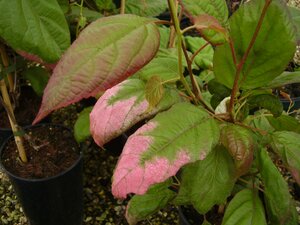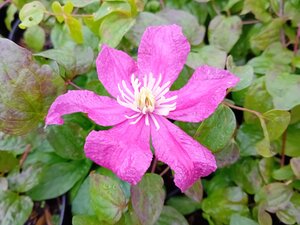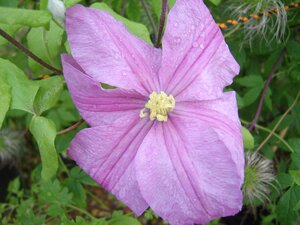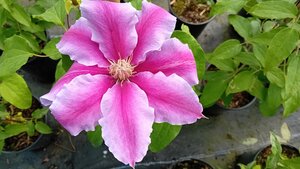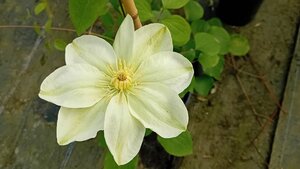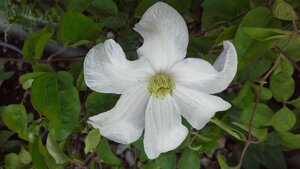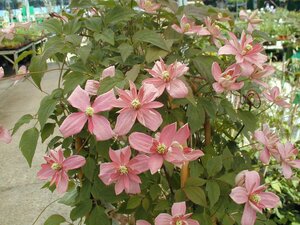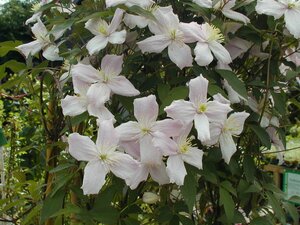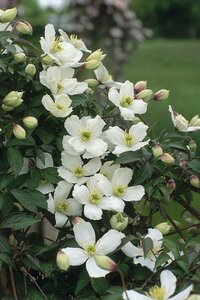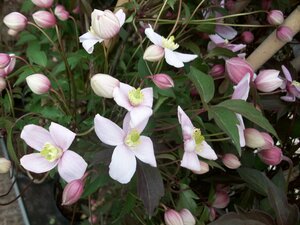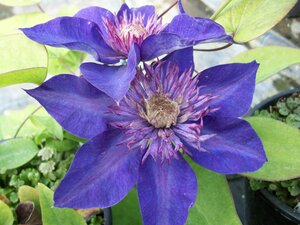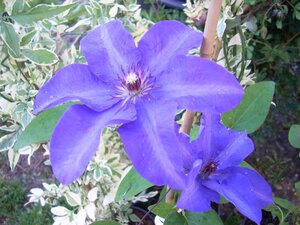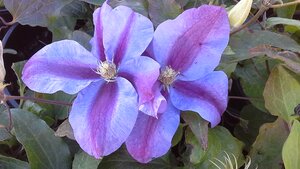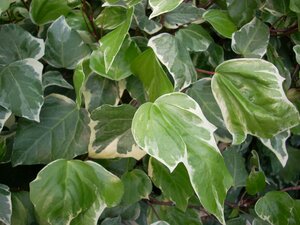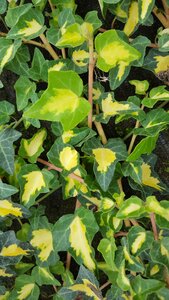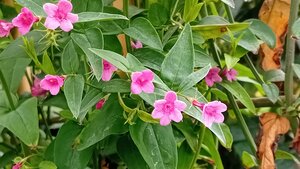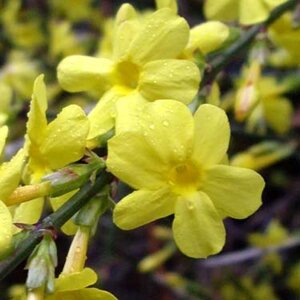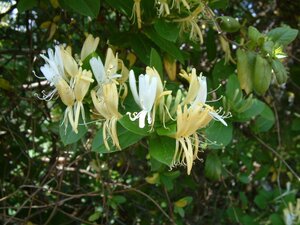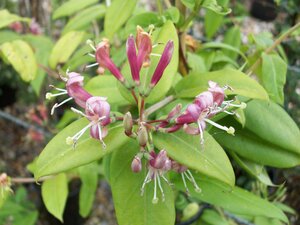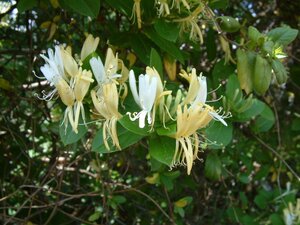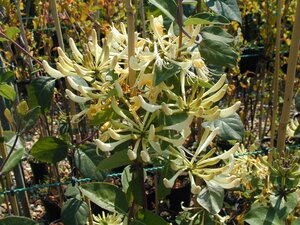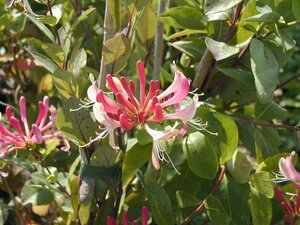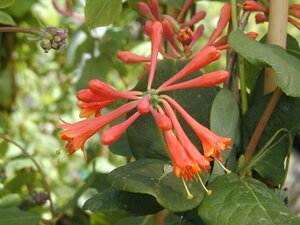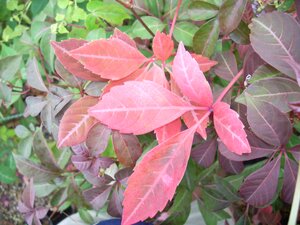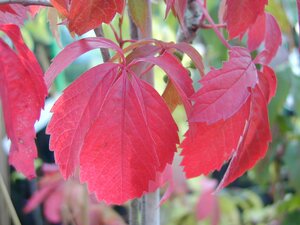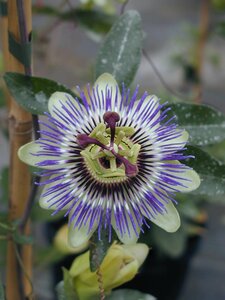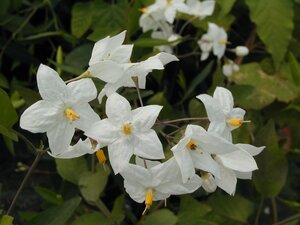Climbers
A climbing plant is great for adding height to your garden. Used up against a wall, trellis, pergola or fence panel, it will attach itself and grow up it. At Thompson's we pride ourselves on growing a large variety of climbers to give our customers a greater choice for their gardens. We also offer a 3 year hardy plant guarantee, so you can buy your climbers with confidence. For a full range of our climbers' varieties, please visit your local branch of Thompson's.
Filter products
Our favourite climbing plants
Climbing plants are a beautiful and versatile addition to any garden or outdoor space. These plants are a great way to add vertical interest and create a lush, natural backdrop for your outdoor living areas. Climbing plants can be used to cover walls, fences, trellises, or arbors, and many varieties also produce beautiful flowers or fruit. Some popular climbing plants include:
Clematis
This stunning plant produces large, showy flowers in a variety of colours, from white to pink to deep purple. Clematis is a versatile climber that can be trained to grow up trellises, fences, or walls. There are over 300 different species of clematis, each with its own unique growth habit, flower shape, and colour. Some species, such as Clematis montana, produce fragrant flowers that are perfect for attracting bees and other pollinators, while others, such as Clematis armandii, are evergreen and produce foliage year-round.
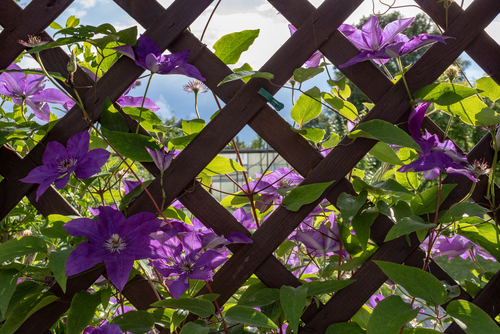
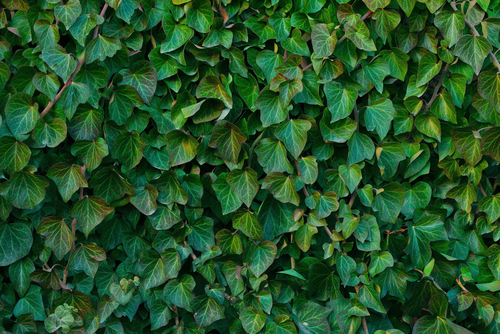
Ivy
Ivy, also known as Hedera, is a popular climbing plant that is known for its lush, green foliage and ability to cover walls, trellises, and other vertical surfaces. This plant is easy to grow and low-maintenance, making it a great choice for beginners. One of the main benefits of growing ivy as a climbing plant is its ability to provide a natural and attractive backdrop to any outdoor space. The plant's thick, green leaves can create a cool and relaxing environment, and also provide privacy and noise reduction.
Thompson's Tips on Climbers
When planting climbing plants, it's important to choose a location that provides adequate sunlight and well-draining soil. Many climbing plants also require support, such as a trellis, pole, or wall, to climb up. Regular pruning and training are also important to ensure healthy growth and maximum flowering.
Need Some Help Planting Your Climbers?
Whether your planting your Clematis or Lonicera, by following a few simple steps, you'll be giving your climber the best possible start to life in your garden. Before you start make sure you have your plant support in place. E.g. a cane or trellis.
-
Dig the hole a little deeper than the size of the container and twice as wide.
-
Loosen the soil in the hole so that it is crumbly.
-
Mix a small amount of good-quality multipurpose compost into the hole.
-
Remove the plant from the pot and gently tease out a few of the roots.
-
Place your climber in the hole making sure you don't bury the stem.
-
Refill the hole with a mixture of soil and multipurpose compost.
-
Firm the soil around the climber, making sure you don't press down on the root ball.
-
Water well, and keep well watered in the first season whilst it establishes itself.
-
Tie the climber shoots to the trellis or cane to help it fan out and grow.
If you need any other assistance with your garden plants, then please get in touch. Our experts are always on hand to answer your questions. E-mail us at [email protected].

